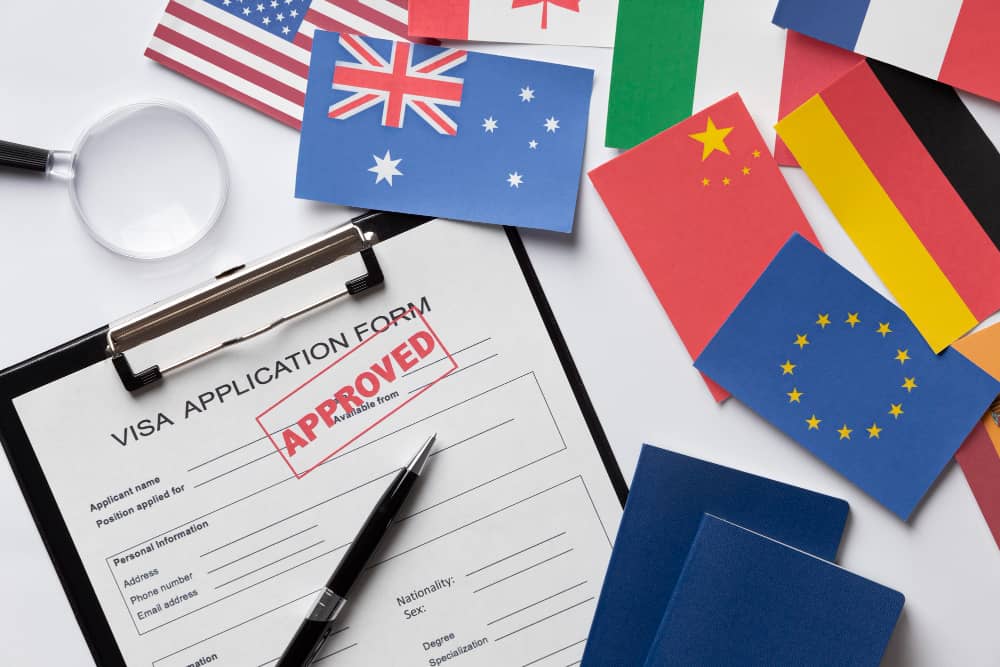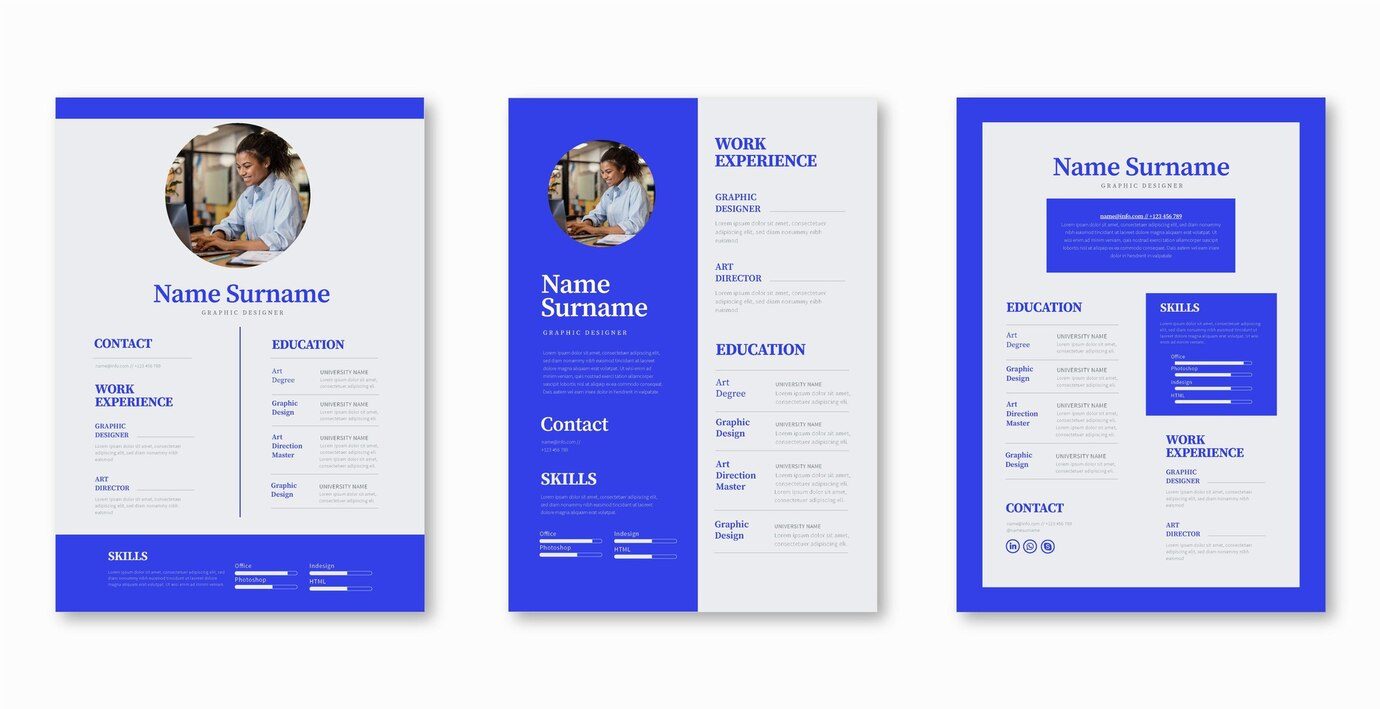Australia is a popular location for people wishing to work overseas. With its stunning landscapes, vibrant cities, diverse economy and unique wildlife encounters, it’s no surprise that so many people want to work in Australia. Whether you’re a skilled professional, a recent graduate, or an adventurer looking to work while exploring the land Down Under, understanding the intricacies of work visas is essential. Numerous work visas (or work permits) are available, each with its own set of qualifications and limits. This comprehensive guide will walk you through the types of work visas available in Australia, their eligibility criteria, application processes, and what you should know before applying.
Introduction
With a robust economy spanning industries from technology to agriculture, Australia offers international workers a wide range of job prospects. Some of the most popular industries for foreign workers include education, healthcare, maintenance, and the public sector. Securing a work visa is the gateway to realizing these opportunities, allowing individuals to contribute to the Australian workforce while experiencing the nation’s unique way of life.
Understanding Work Visas
Work visas are official permits issued by the Australian government that grant foreign nationals the right to work legally in Australia. Australia’s Department of Home Affairs matches foreign workers with visas specific to their industry, provided they meet certain eligibility criteria. These visas can be temporary or permanent, depending on the duration and nature of the employment.
Types of Work Visas
Over 30 visa options exist for people wanting to work in Australia, including visas for skilled workers, working holidaymakers, highly specialized workers, and investors.
Temporary Work (Skilled) Visa (Subclass 482)
Also known as the Temporary Skill Shortage (TSS) visa, this category allows skilled workers to fill positions that the local workforce cannot fill. It consists of short-term and medium-term streams with varying eligibility criteria. To be eligible for the 482 visa, you must have an offer of employment from an Australian employer who is prepared to sponsor you, provided you meet the criteria under the stream you will be applying under
Skilled Independent Visa (Subclass 189)
The Skilled Independent Visa (Subclass 189) is a permanent residence visa designed for individuals with the qualifications and skills required to fill Australia’s skill shortages and are not sponsored by an employer, family member, or nominated by a State or Territory Government. Applications for the Subclass 189 visa are by invitation only. The visa is points-tested based on specific work skills. The current pass mark to lodge an Expression of Interest (EOI) is 65 points, but having more points can strengthen your application and increase the likelihood of receiving an invitation.
Employer Nomination Scheme (Subclass 186)
This is a permanent residence visa for skilled workers nominated by an Australian employer. This aims to address skill shortages in specific regions or industries. To be eligible for the Subclass 186 visa, you must offer skilled employment in Australia, meet the relevant skills, qualifications, and English language requirements, and be nominated by an approved Australian employer.
Regional Sponsored Migration Scheme (Subclass 187)
This visa program allows employers in regional, remote, or low-population areas of Australia to sponsor skilled workers to live and work in Australia permanently. This option is similar to subclass 186 in that you have to be nominated by an approved Australian employer for a job in regional Australia.
Working Holiday Visa (Subclass 417 and 462)
The Working Holiday Visa and Work and Holiday Visa are designed to promote cultural exchange and allow young people to experience life in Australia while working and studying. To be eligible, you must be a young adult between 18 and 30 years old (35 for French, Irish, Canadian, Italian, Danish, and British applicants), have a valid passport from an eligible country, have sufficient funds to support yourself, and meet the health and character requirements. The visa is limited to one year and renewable for two years under certain conditions.
Temporary Graduate Visa (Subclass 485)
Recent international graduates in Australia can utilize this visa to work temporarily after completing their studies and gaining valuable work experience. To be eligible for the Subclass 485 visa, you must have completed at least two years of study in Australia, meet the relevant skills, qualifications, and English language requirements, and be under 50. The visa can last between 18 months and 4 years, depending on your situation and the stream you apply under.
Business Talent Visa (Subclass 132)
This visa is for successful business owners who want to establish or develop a new or existing business in Australia. A permanent visa allows the holder to stay in Australia indefinitely. To be eligible for the Subclass 132 visa, you must be nominated by an Australian state or territory government agency or be invited to apply by the Australian government. You must also meet the relevant skills, qualifications, and English language requirements and have a successful business career.
Other Specialized Visas
Australia offers specialized visas for specific situations, such as entertainment, religious work, research, etc.
Eligibility Criteria
To apply for a work visa, you must meet specific eligibility criteria. These include educational qualifications, work experience, language proficiency, health standards, and character assessments. Skilled visas often involve a points-based system considering age, qualifications, work experience, English language skills, etc.
Here are some general eligibility criteria for work visas in Australia:
- Age: You must be under 45 or 50 years old for most work visas to be eligible.
- Skills and Qualifications: Applicants must meet the visa’s relevant skills, qualifications, and English language requirements.
- Nomination or Sponsorship: Some work visas require nomination by an Australian state or territory government agency or sponsorship by an Australian employer.
- Occupation: Some work visas require applicants to have experience in a nominated occupation that can be found on one of Australia’s Skilled Occupations List.
- Education: Some work visas require applicants to have completed at least two years of study in Australia.
- Venture Capital Funding: Some work visas require applicants to have sourced venture capital funding from a member of the Australian Investment Council (AIC)
Application Process
Applying for a work visa involves several steps. You will need to create an ImmiAccount on the Australian Department of Home Affairs website as follows:
- Go to the Australian Government Department of Home Affairs official website.
- Click on ‘ImmiAccount’ on the home page, which will direct you to the login page. Click on ‘Create ImmiAccount’ to create a new account.
- Fill in your details, including your name, email address, and contact information.
- Set up a username and password for your account.
- Read and accept the ImmiAccount terms and conditions.
- Once you have created an ImmiAccount, you can login and start your visa application.
The application process varies depending on the type of visa. Here are some general steps involved in the application process:
- Determine the type of visa: Research and determine which visa is best suited for your circumstances.
- Check eligibility: Check the eligibility criteria for the visa you want to ensure you meet the requirements.
- Submit an Expression of Interest (EOI): For some visas, you may need to submit an EOI through SkillSelect, either in or outside Australia.
- Nomination or Sponsorship: Some work visas require nomination by an Australian state or territory government agency or sponsorship by an Australian employer.
- Skills Assessment: Some work visas require a skills assessment by a relevant assessing authority for the nominated occupation.
- English Language Proficiency: Some work visas require a certain English language proficiency level.
- Health and Character Requirements: Applicants must meet the health and character requirements.
- Application Lodgement: Submit all relevant documents (passport, qualifications, etc.) at the time of lodgement.
- Wait for a decision: The processing time for visa applications can vary depending on the type of visa and other factors.
Sponsorship and Nomination
For employer-sponsored visas, the sponsoring employer must lodge a nomination application to demonstrate that the position can’t be filled locally. This requires meeting specific labor market testing and salary requirements. Once the nomination is approved, you can proceed with your visa application. Employers who sponsor employees for various visa categories must meet certain obligations. These obligations include maintaining the public’s trust in Australia’s visa program, preventing an approved sponsor or former approved sponsor from being subjected to poor working conditions or other forms of abuse, and preventing discriminatory recruitment practices that adversely affect Australian citizens.
Points-based System
The Australian work visas Points-based System or Skillselect system ranks or prioritises applicants for jobs based on their characteristics, such as education, language skills, and work experience.
Applicants must score at least 60 points for their visa to be granted. However, the number of points required for a visa may vary depending on the type of visa and the specific requirements. For example, the Skilled Independent Visa (Subclass 189) requires a minimum of 65 points. The points-based system is used in several Australian work visas, including the Skilled Independent Visa (Subclass 189), Skilled Nominated Visa (Subclass 190), Skilled Regional (Provisional) Visa (Subclass 489), and Skilled Work Regional (Provisional) Visa (Subclass 491).
Australia Work Visas Renewal, Extension and Permanent Residency
If your temporary work visa expires, you might have the option to renew or extend it. For those seeking permanent residency, certain work visas can be a stepping stone toward that goal, especially if you meet the criteria for skilled migration pathways.
Renewal: Australian Permanent Residency Renewal is required when the period of your permanent residency visa is about to expire or has been terminated. To apply for the renewal, you can choose the two pathways: either apply for a Resident Return Visa (Subclass 155 or 157) or for Australian citizenship. The processing time for Australian permanent residency renewal may take 9-12 months.
Extension: Some temporary work visas can be extended if the applicant meets the eligibility criteria. For example, the Temporary Work (Skilled) visa (Subclass 482) can be extended if the applicant continues to work for the same employer who sponsored them for the initial visa.
Permanent Residency: Some work visas, such as the Skilled Independent Visa (Subclass 189), Skilled Nominated Visa (Subclass 190), and Skilled Regional (Provisional) Visa (Subclass 489), offer permanent residency in Australia. Permanent residency allows individuals to live, work, and study in Australia indefinitely.
Related: Jobs on Cruise Ships
Common Challenges and Solutions
Navigating the work visa process can be complex, and challenges might arise. Research, preparation, and seeking professional advice can help you overcome these hurdles.
- Detailed Eligibility Requirements: Australian work visas have specific eligibility requirements that applicants must meet. This can be challenging for individuals who may not fully understand the criteria or have difficulty providing the necessary documentation.
Solution: Seek professional guidance or consult official government sources to understand the requirements and ensure all necessary documents are provided.
- Application Fees and Processing Time: Each work visa has its own application fee and processing time, which can vary. The fees may be a financial burden for some applicants, and the processing time may cause delays in starting work or planning for relocation.
Solution: Plan and budget for the application fees. Stay updated on the processing times and apply well in advance.
- Limited Work Hours for Student Visa Holders: Student visa holders in Australia have limitations on the number of hours they can work per week. This can be challenging for those who rely on work to support their studies and living expenses.
Solution: Understand and adhere to the work hour restrictions to maintain compliance with visa conditions. Explore other financial support options, such as scholarships or part-time work opportunities.
- Complexity of Visa Streams and Requirements: Australian work visas have different streams and requirements, which can be complex and confusing for applicants.
Solution: Seek professional advice or consult official government sources to understand the requirements for the desired visa stream. Ensure all criteria are met and provide accurate information in the application.
- Post-Study Work Visa Limitations: The Subclass 485 visa, which offers post-study work rights to international students, may have limitations that prevent it from fully meeting the potential needs of graduates.
Solution: Stay informed about the latest updates and changes to the post-study work visa program. Consider alternative visa options or pathways to extend your stay or obtain permanent residency.
Conclusion
Obtaining a work visa in Australia opens doors to opportunities and experiences. By understanding the various visa options, eligibility criteria, application processes, and rights as a visa holder, you can make informed decisions and embark on a successful journey to work and live in Australia.
- ATS Friendly Resumes: Navigating Applicant Tracking Systems Effectively - December 15, 2023
- Top 12 Good Reasons for Leaving a Job: A Comprehensive Guide - December 12, 2023
- Creating a Career Development Plan: A Step-by-Step Guide - December 5, 2023



